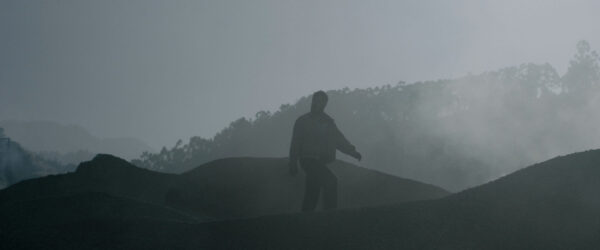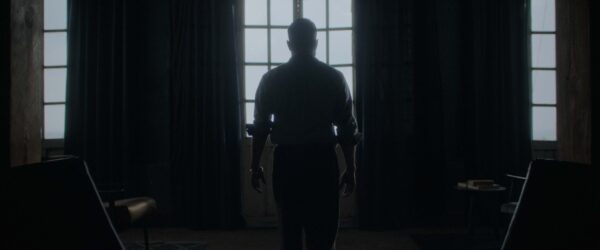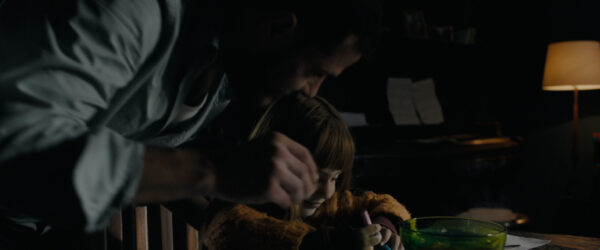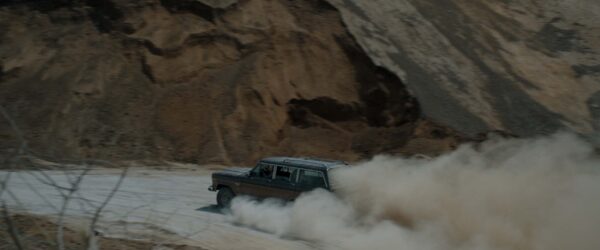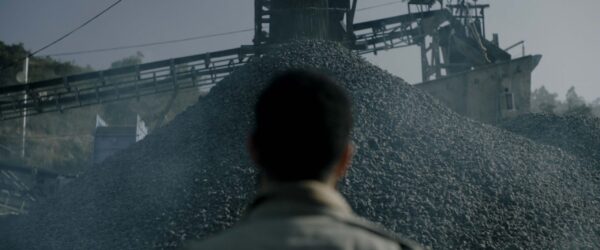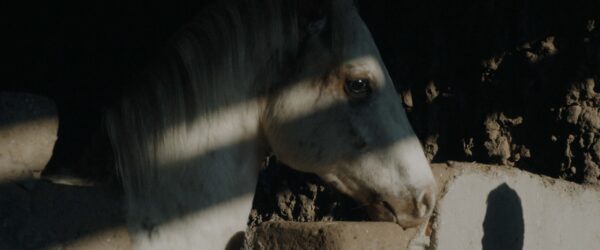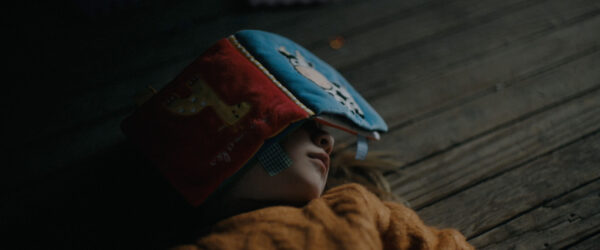Behind the Scenes
Finding the Spark: The Story Behind ‘Bumbumpapá’
In a world where senseless war and conflict irreversibly alter the lives of countless families, Bumbumpapá asks a poignant question: when there seems to be only darkness, can you find a spark of light? Director Alexis Gomez tells the tale of a father desperate to shield the joyful innocence of his young daughter in harrowing moments that may be their last.
Like all great directors, Alexis knows that the undercurrents of emotions are often much stronger and more varied than what we see at the surface… and that heroes are often revealed in unseen moments through acts of pure love.
We spoke with Alexis about his inspiration for the film and his approach to tackling such an intensely personal component of the human experience:
”Right as we began to develop the project, the war in Ukraine broke out. That was the precise moment we realized that this story needed to be told and knew that it had the potential to help the world in some way.
Alexis Gómez
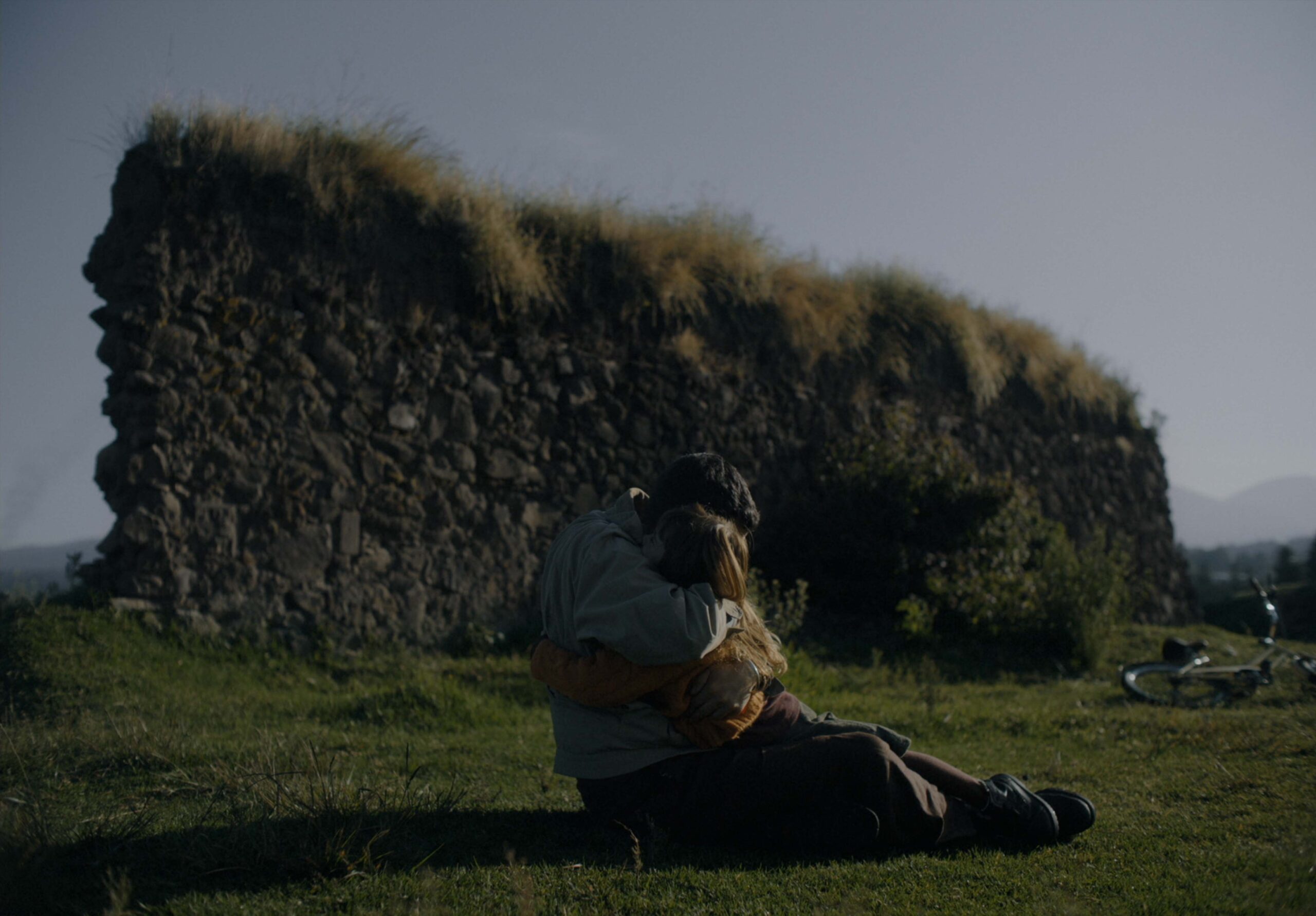
Filmsupply: What inspired you to create “Bumbumpapá”?
I find great joy and responsibility in sharing stories that inspire a luminous perspective. Darkness can be represented in so many different ways, but it’s a universally-understood concept. The question is how we respond when we find ourselves in that place.
With Bumubmpapá in particular, we were curious to explore the vulnerability that manifests in truly precarious circumstances. In our story, the darkness is personified by the imminent danger of war – something that we are becoming increasingly familiar with in our world. The character of our father can’t stop the darkness entirely; he can only create a moment of guiding light to bring hope to his young daughter. Hopefully, his example teaches us how to fight for hope during times of war, fear, and vulnerability.
Are there any other Directors or films you studied as you prepared for this project?
In terms of visual language, we primarily studied the work of Abbas Kiarostami and Pawel Pawilkowski. I am greatly inspired by watching films that utilize a subtle filmic language, so that the viewer can form their own world supported by their personal experience. On a conceptual level, Andrei Tarkovsky is an eminent reference.
What is the most important thing you learned along the way?
Bumbumpapá is a story of dualities: life and death, reality and fantasy, the chaotic world outside vs the emotional sanctuary represented by the house. These dualities were also an experience that I learned to live throughout the creative process. It is very powerful to see that in life we live contradicting emotions on a constant basis. I learned that within stress there can also be enjoyment, and where there is creation, there is also doubt. Representing these dualities in a piece was a great exercise of growth, to accept that on occasion we feel lost in the creative process, and in other moments we will find hope and inspiration to create.
Did you face any creative challenges during the development of the film? If so, how did you overcome them?
One lesson that we developed through the project was the importance of telling simple and universal stories, starting with the basics: a location, two characters, no dialogue, a conflict, and a resolution. This helped us focus on each sequence to develop a complex evolution. It is crucial to know that simple stories have a degree of complexity in the details, in the dynamics of non-spoken dialogue, and in the way of exemplifying this story.
For example, in the art department, this involved reconstructing the location so that it was more aligned with our story. We painted all the walls a very specific blue, built walls, and brought in all the furniture (we were even able to bring in an old piano.) By focusing on a single location we were able to invest time and budget into this space.


Were there any moments during shooting that stand out in your memory?
We were fortunate to witness many special moments! My favorite moment was when we filmed the last scene; when Alfonso Dosal is hit after the big explosion. Since it was such a shocking scene, we decided to keep Irina on the first floor without being able to see what was happening. We started shooting and Alfonso started whistling, making the call and the sound that unites the characters. In response, from below, we heard Lara’s response whistling back. It was a moment that moved us all.
The magnetic and honest connection that developed between the two main characters – Lara (Irina) and Albert (Alfonso Dosal) was very unique. It was wonderful to see how their interactions grew throughout the process – from casting to rehearsals to the in-between moments during production, as they built a great friendship that was reflected in the dynamics of acting improvisation on set.

Sound design and VFX play a huge role in the telling of this story. How did you approach those processes?
We felt that the dualities present in the story of Bumbumpapá were best represented and supported through sounds and textures that converge in the various key moments of the film. For example, when we hear raw and hostile sounds, there is a moment when we begin to introduce warm, comforting sounds, almost as if we were portraying the sound of a hug. We approached it almost like a dance, where at one moment one side has more prominence, and at another moment the other gains more strength.
Our editor Conrado Lopez conducted a deep investigation into the world of our film in order to develop our auditory language and did an exceptional job in finding the right sound and texture for each scene. After closing the edit, we focused on strengthening the music and sound design with BDS music. This was a wonderful experience that allowed us to continue to add layers to this narrative dance.
Finally, all the post-production work was essential to unify and strengthen the narrative we are telling. GlobeTrotter’s work on VFX helped us build the atmosphere: we created columns of smoke, explosions, and vibrations. Through color, we made the skies gray, desaturated the color, and gave life to the golden and warm color of the final light. It is impressive how the piece becomes stronger through these details, creating a unique essence.
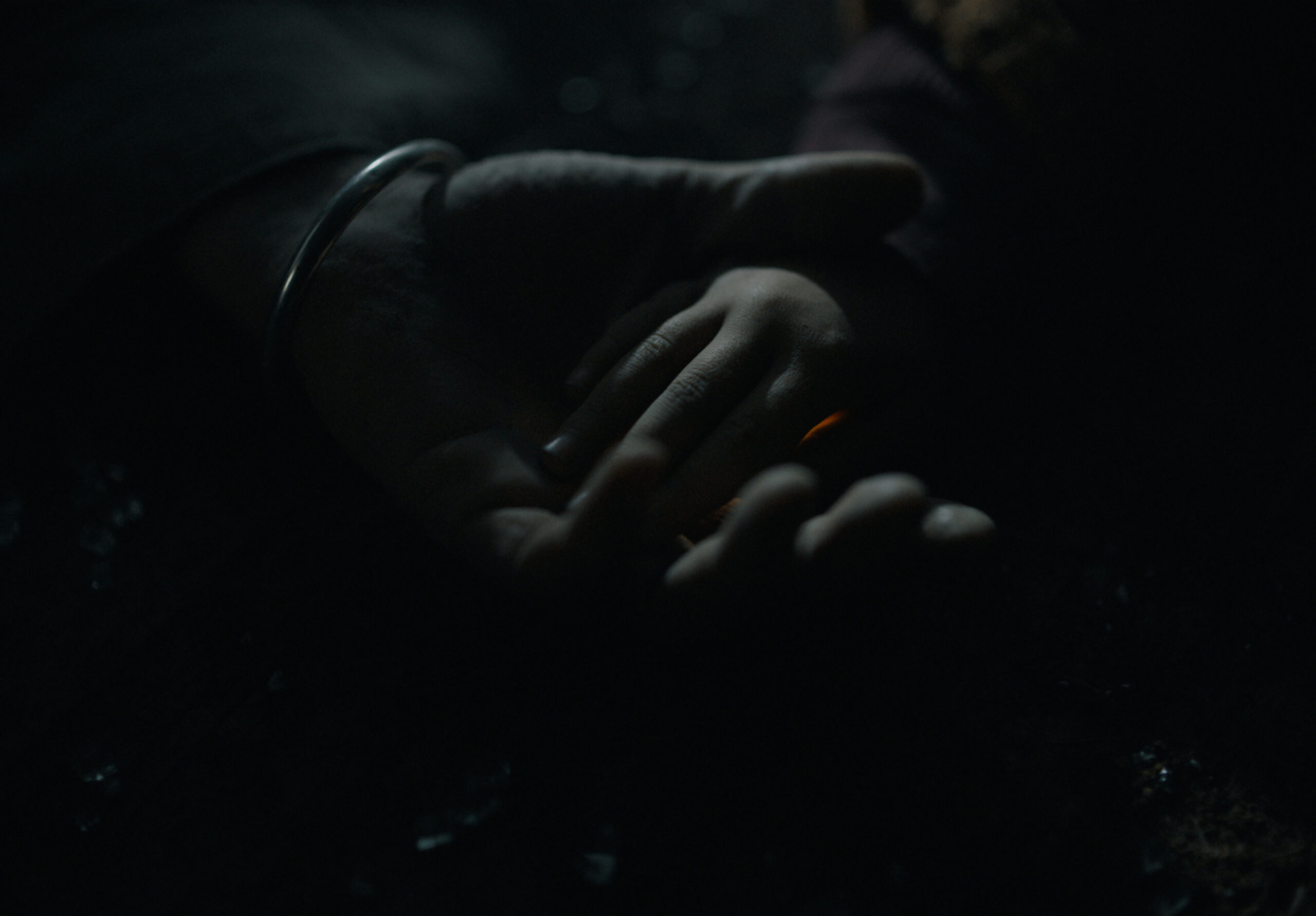
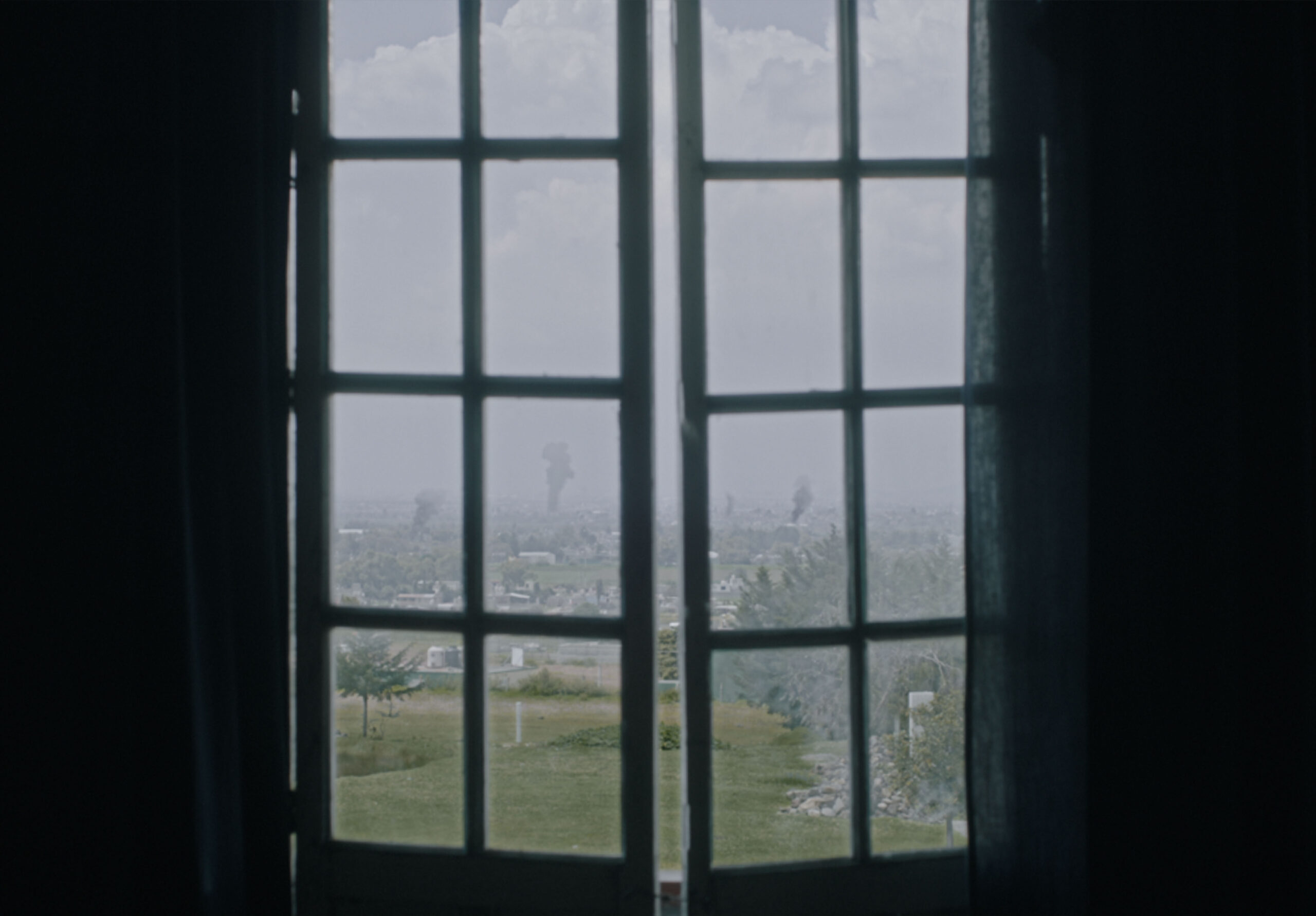
When did you know this film was going to be truly special?
When I started bouncing ideas with Vincenzo (screenwriter) about what story to tell, we talked about themes that were essential to us. Vincenzo showed me a video that he had saved in his file that talked about fatherhood and turning pain into play. Right as we began to develop the project, the war in Ukraine broke out. That was the precise moment we realized that this story needed to be told and knew that it had the potential to help the world in some way. For the same reason, Bumbumpapá metaphorically portrays a threat that is universal, a fear that can come knocking at our door.
What do you hope to accomplish with this film?
We aim for this story to reach people in an intimate, transformative way and that it guides and inspires viewers to find hope in their lives. We have created this piece with a lot of heart and vulnerability, the starting place for those who are looking for light in the dark places they find themselves.

